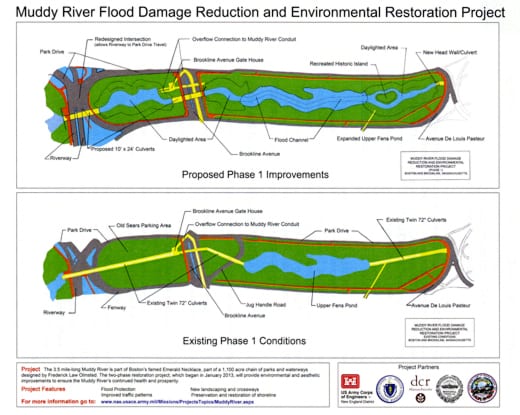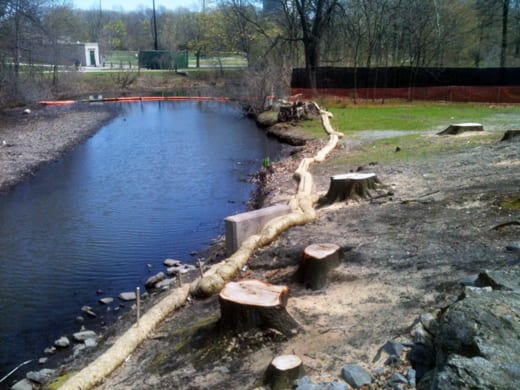Happy Birthday, FLO: Celebrating a Landscape Legacy
Happy Birthday, FLO: Celebrating a Landscape Legacy

April 24 saw a ripple of events throughout the country marking the 191st birthday anniversary of Frederick Law Olmsted (1822–1903). Noteworthy among them was the opening of the newly restored garden at the Cummer Museum of Art & Gardens in Jacksonville, Florida, designed by Olmsted Brothers in the early 1930s. The museum comprises former estates built by the Cummer lumbering family on the banks of the St. Johns River in the early twentieth century. Some of the period’s most acclaimed landscape architects and nurseries—O. C. Simonds, Ellen Shipman, Thomas Meehan and Sons, and the Olmsted firm—designed gardens for the Cummer families.
The gardens were partially obliterated in the early 1960s to make way for a new museum to hold Ninah Cummer’s art collection. Thirty years later, a local landscape designer, Carolyn Marsh Lindsay, identified and restored a 1931 Ellen Shipman garden on the property after reading the LALH book The Gardens of Ellen Biddle Shipman.

The nation’s leading Olmsted scholar, Charles Beveridge, confirmed that the Olmsted Brothers firm had designed an adjacent garden. This is the recently restored landscape: backed by a stone retaining wall, it contains distinct spaces organized by paths, including a formal garden with a classical pergola. During its fiftieth anniversary year, in 2011, the Cummer Museum celebrated its rich landscape heritage by hosting the LALH traveling exhibition, A Genius for Place. To learn more about the Olmsted garden restoration, click here.

Up north in Boston, the Emerald Necklace Conservancy hosted a panel discussion called “Climate Change: What Would Olmsted Do?” The event drew about 150 people on a brilliant spring day. Ethan Carr, associate professor of landscape architecture at UMass Amherst and an LALH author and board member, led off. Olmsted did not separate social and environmental issues, he said. “The great issue of his day was urbanization, and he responded to it with a landscape-based form of urbanism. In addition to parks, he also created a variety of public landscape types that served in multiple ways as infrastructure,” said Carr. Today, he said, Olmsted would probably do what he did then—“create more of the outdoor experiences that he believed were essential to human happiness.”

Next at the lectern was Brian Swett, Boston’s chief of environment and energy, who said that in the wake of Hurricane Sandy, Boston is stepping up measures to mitigate and adapt to climate change, but the biggest challenge is “social and community engagement.” Meanwhile, Boston’s abundant community gardens and tree canopy—much of it in the Emerald Necklace–are soaking up carbon, and 100,000 new trees will be planted by 2020. (For more on carbon-reducing measures, visit greenovateboston.org.) The current restoration of Olmsted’s original Muddy River flood-control system—partially paved over and choked by invasive reeds—in Boston’s Fenway neighborhood will help to alleviate flooding during the violent storms that come with climate change.

Wrapping up was Jhana Senxian, founder and CEO of Sustainability Guild International, a social anthropologist and business analyst who grew up across the street from Franklin Park, the crown jewel of Boston’s Olmsted park system. Inspired by that experience, she is reclaiming vacant city lots in the city’s poor neighborhoods as gardens, play spaces, and demonstration sites for green technologies. Like Olmsted, Senxian views public green space as the path to community well being and environmental health. “It’s all part of the same conversation,” she said.